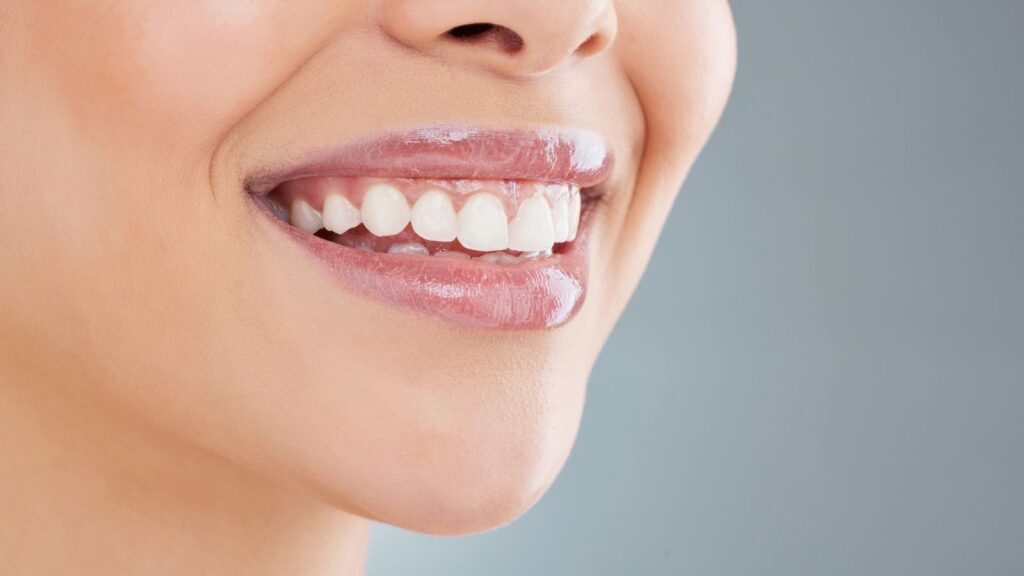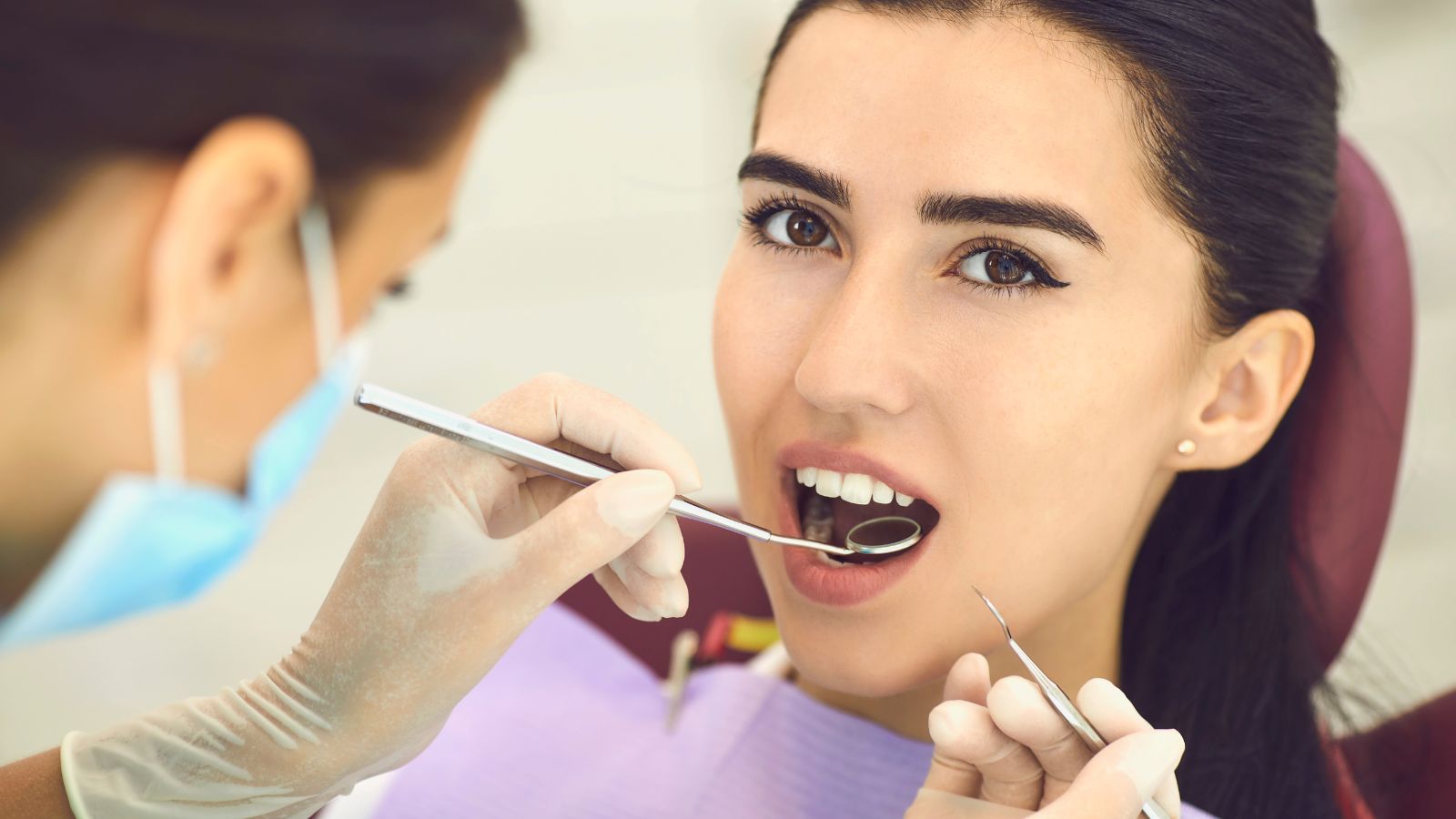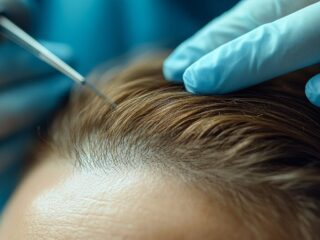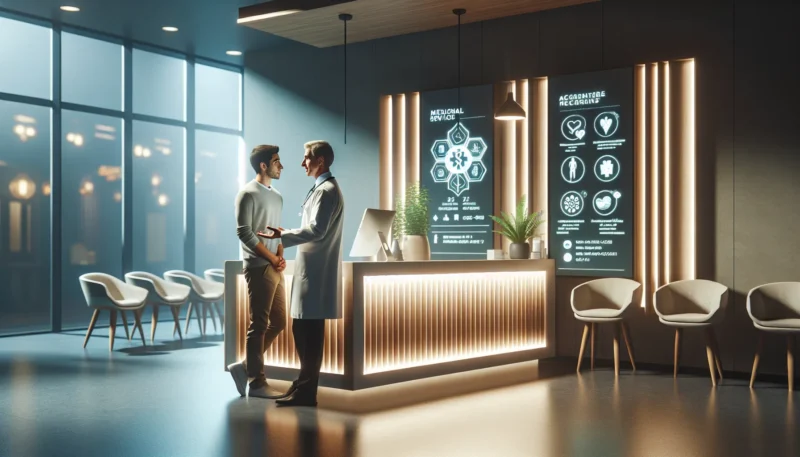
The world in dentistry, with its relentless quest for innovation and greater understanding of the connections of oral health to general health and wellness, is ever changing. On the threshold of 2025, policies of dental care look set for some more fascinating transformations. Patients will be looking forward to a time when treatments are more precise, less invasive, and customized to the individual. Already in the game are trends including advanced technology, preventive care, and aesthetics that will converge to make the pathway to a healthy and beautiful smile much more comfortable, efficient, and personalized in 2025. Here is a sneak-peek into a few key trends that await redefinition of your dental experience.
One of the many significant trends still on the uptick is the increasing acceptance of digital dentistry. The digital approach covers a comprehensive variety of technologies such as digital X-rays, intraoral scanning, CAD/CAM, and 3D printing. With the additional benefit of reduced radiation, the area of digital X-rays provides instantaneous high-resolution images that facilitate a better diagnosis. Intraoral scanners are now being used in place of less-than-pleasant traditional impression materials to create more accurate digital models of the teeth to restore using crowns, bridges, and aligners. 3D printing is affecting the making of surgical guides, orthodontic appliances, and even temporary and permanent restorations, being more accurate with shorter turnaround times. CAD-CAM technology permits dentists in Toronto and all over the world to design and manufacture custom restorations right at the office, allowing for same-day dentistry on certain procedures, which adds quite a bit of convenience for the patient.
The rise of artificial intelligence (AI) in dentistry is another far-reaching trend rapidly gaining traction. AI algorithms are being introduced and further developed to help dentists in different facets of diagnosis and treatment planning. AI-enabled software can analyze dental images such as radiographs and CBCT scans to detect subtle signs of cavities, periodontal disease, and even oral cancer with greater accuracy and efficiency. In orthodontics, AI can help devise customized treatment plans as well as predict tooth movement. Although AI will never substitute the professional judgment of a human dentist, it will strengthen the hands of the dentist, thus enabling a better-informed decision and improved patient outcomes.
Personalized and preventive dentistry is also becoming another very important trend. The growing understanding that oral health needs of different patients are unique is turning in favor of more personalized treatments. This will include assessment of individual risk factors for certain dental diseases by way of genetic information, as well as developing measures based on such data for personalized prevention. Moreover, there is a growing emphasis on educating the patient and enabling individuals to play a more active role in their oral health. Dentists are now intervening with preventive measures such as advanced biofilm management protocols and minimally invasive treatments to nip problems in the bud, doing away with the need for more complex interventions later on.
The increasing awareness of the importance of a confident smile in ensuring overall well-being continues to fuel the influx of cosmetic dentistry. Newer materials and techniques are making the advancement of cosmetic treatment more natural and long-lasting. This includes the enhancement of porcelain veneers, teeth-whitening techniques that utilize advanced light and laser technologies, and the digital imaging and planning of minimally-invasive smile designs. Dentists Toronto and those in other major urban centers are at the cutting edge of providing these advanced cosmetic solutions to patients who want to improve their smiles both for aesthetics and self-esteem.
Finally, biomaterials and regenerative dentistry offer an exciting new window of opportunity. Active research is being conducted in this field that would lead to the development of new materials to stimulate tissue regeneration and bone growth. This avenue seems to have enormous potential for future treatments of periodontal diseases, bone defect repair, and even lost tooth structure regeneration. Even though the results of biomaterials treatments are yet to find major applications, there are great possibilities for looking into more biologically compatible and durable solutions to some complex dental problems.
Hence, the future scenario in dentistry for the year 2025 will be one in which digital technologies are further entrenched, AI influence continues to increase, personalized and preventive care receives utmost focus, and cosmetic dentistry is in full-blown advancement, along with the introduction of brand-new biomaterials and regenerative therapies. All these trends indicate a direction of travel toward dental care that is more accurate, effective, comfortable, and ultimately far more beneficial to patients who seek to promote and maintain optimal oral health and a confident smile, with all highly skilled dentists Toronto and beyond taking centre stage to ensure these wonderful innovations are put into practice.














